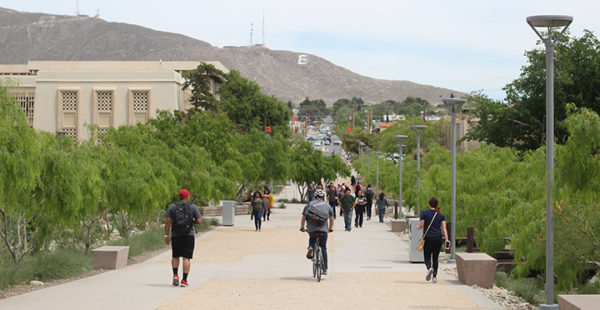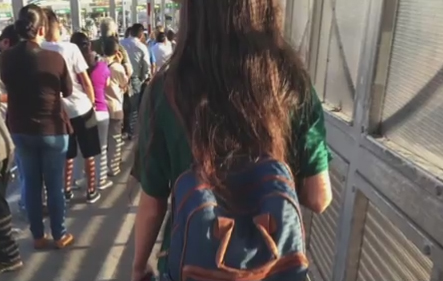Books and backpacks less easy to carry across the border now than before: Mexican students who attend U.S. schools face a new reality in the anti-immigrant age of Trump
|
EL PASO – Hundreds of students cross the border from Ciudad Juarez to El Paso daily, carrying heavy backpacks and books and dreams of a better life. Heightened anti immigrant rhetoric across the country and various immigration enforcement executive orders from President Donald Trump have added more stress and uncertainty to their daily lives. Over 1,000 Mexican students attend the the University of Texas at El Paso and about half commute to campus from their homes in Juarez, across the Rio Grande from El Paso, according to a previously published story. The commute is a hardship for many because of the long and complicated commute from their home in Juarez, a walk or a car ride across an international border bridge to have their documents checked, followed by a bus ride to the UTEP campus some five to 10 minutes from downtown El Paso,
Related: In 2016, commuting daily from Mexico to attend school in the U.S. was no big deal for students who budgeted their time well
Most must wake up before dawn to make it to an early morning class, and often don’t return home to Juarez until well past the dinner hour. Depending on the amount of foot or car traffic on the international bridge, the crossing time can vary from 20 minutes to two hours.


